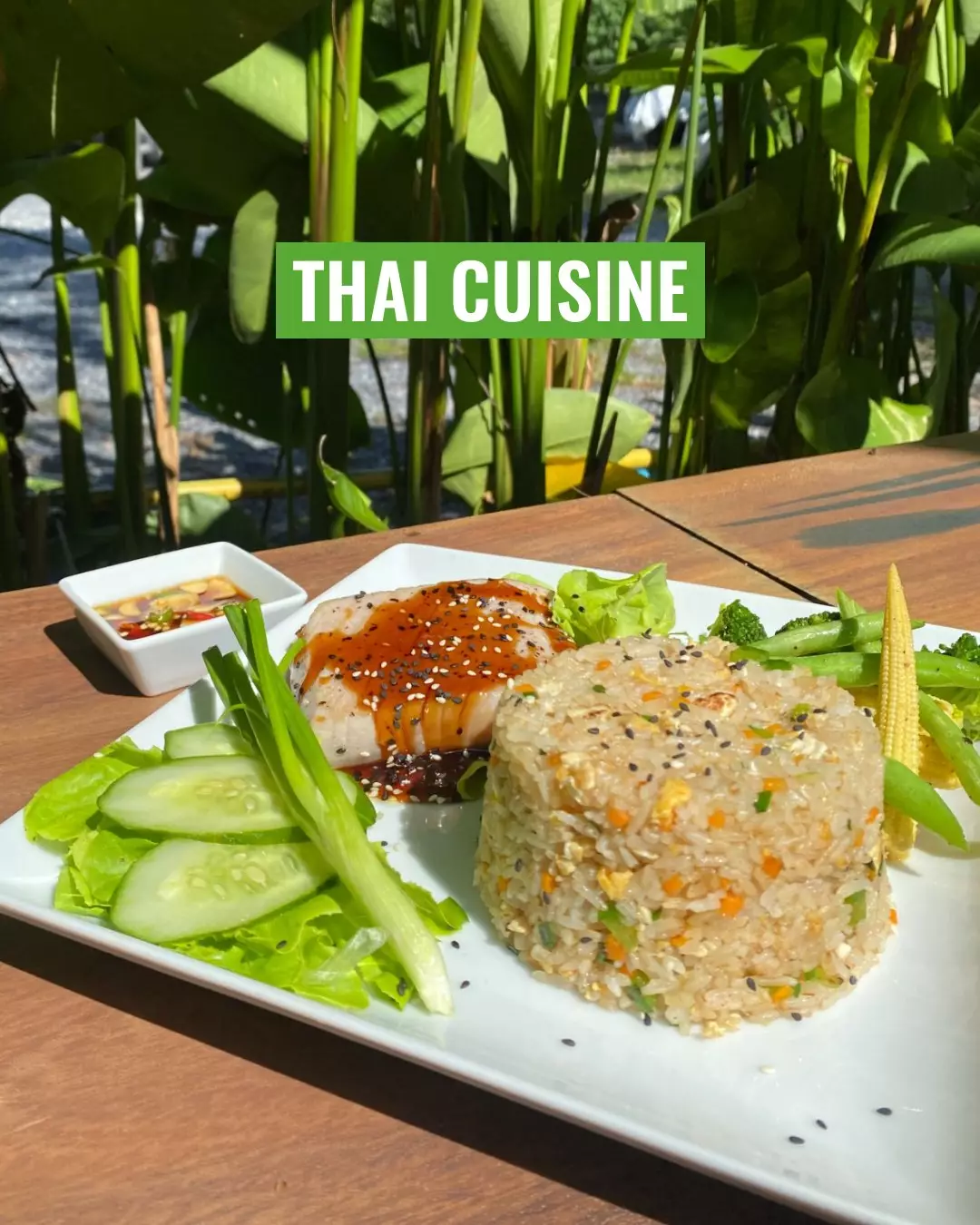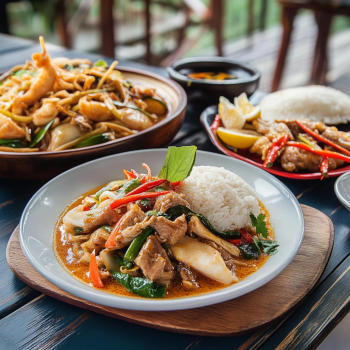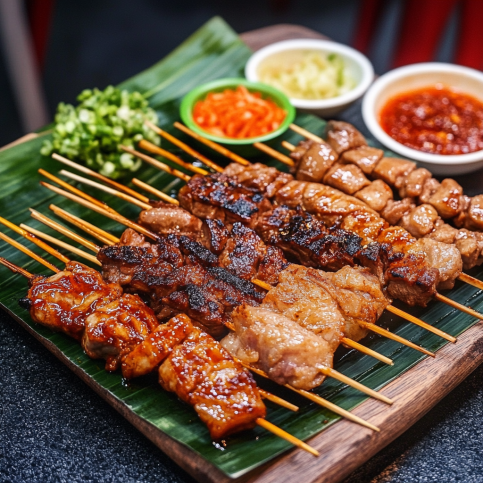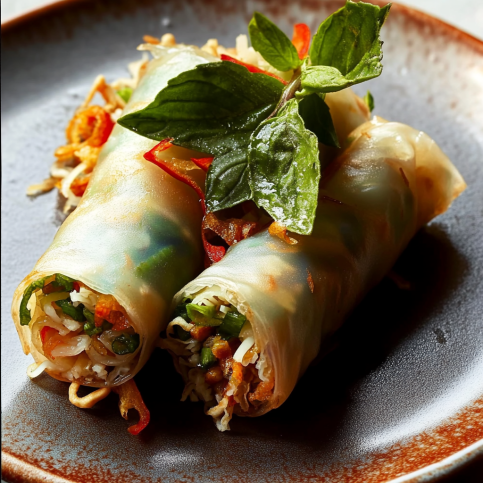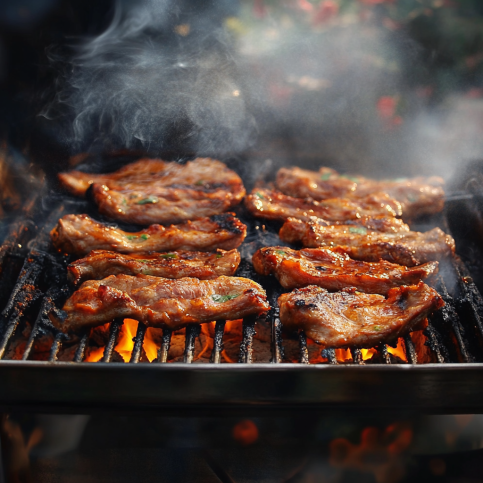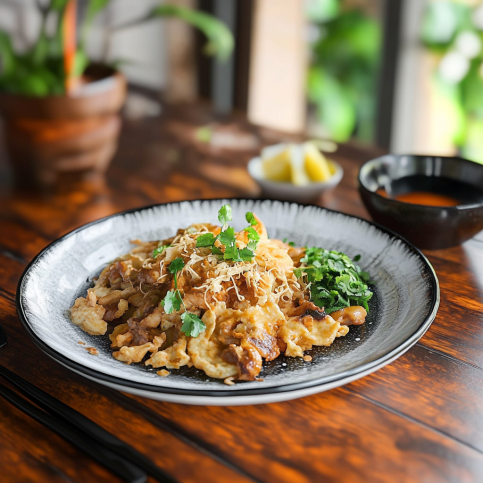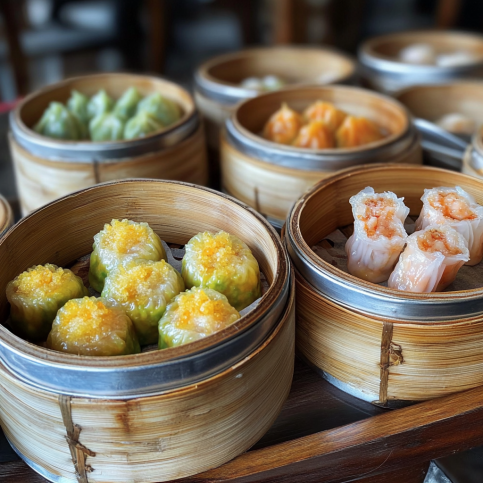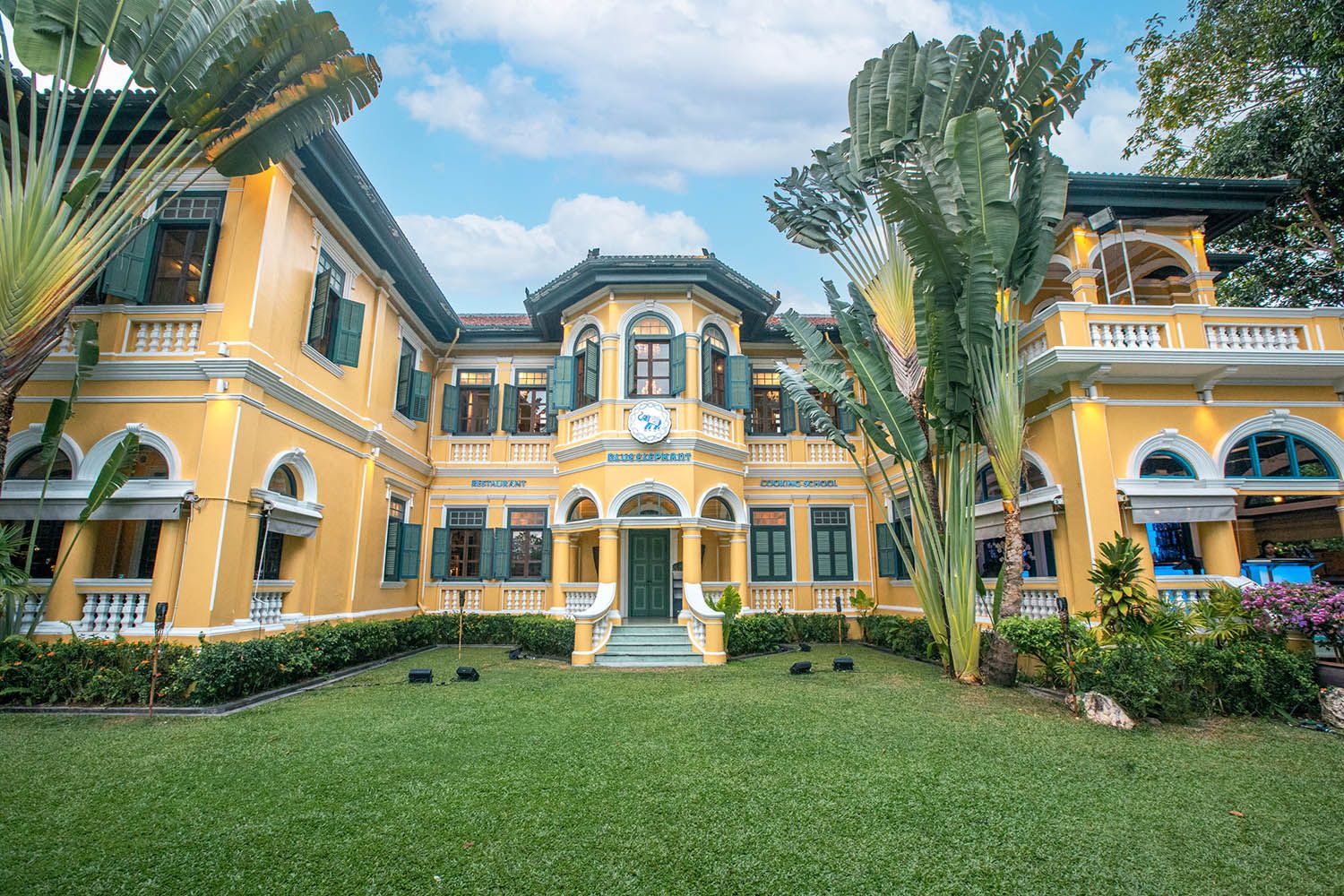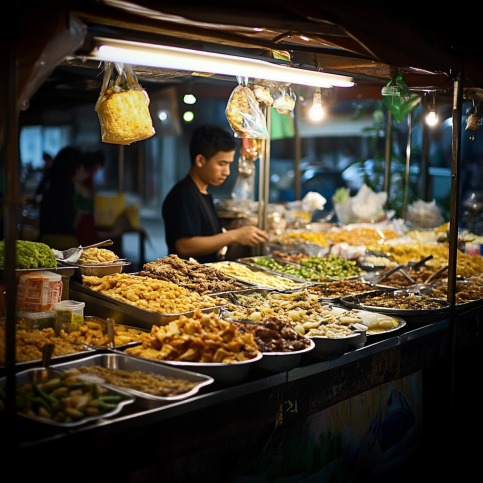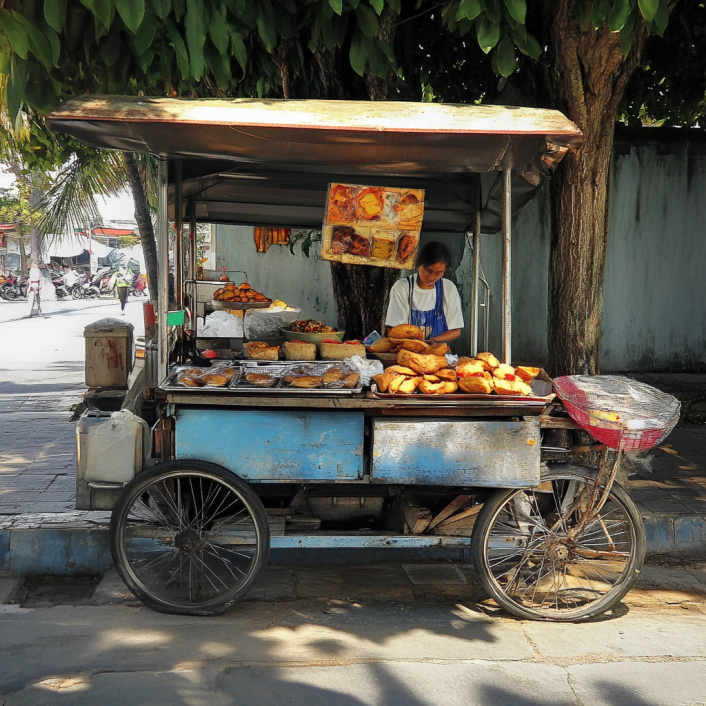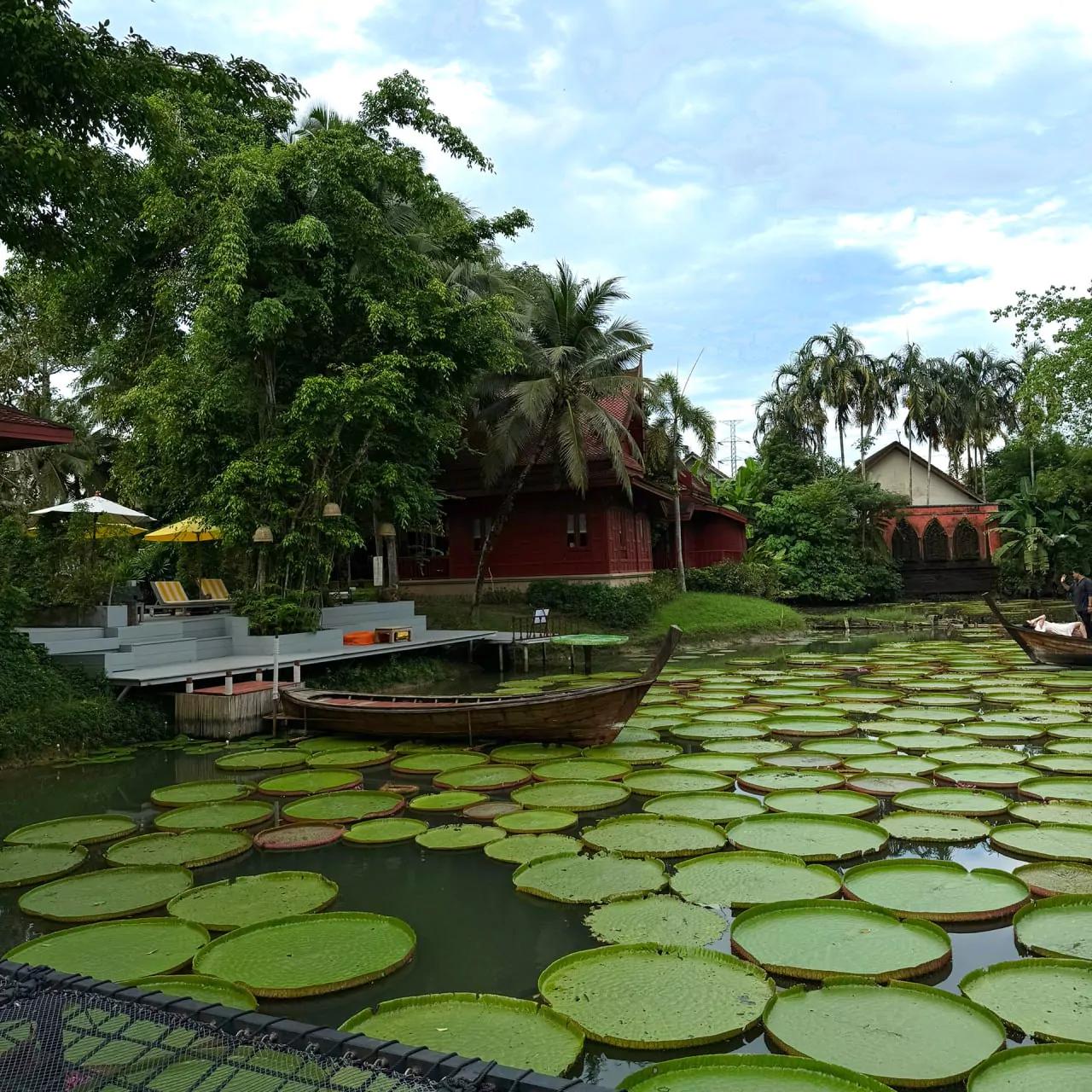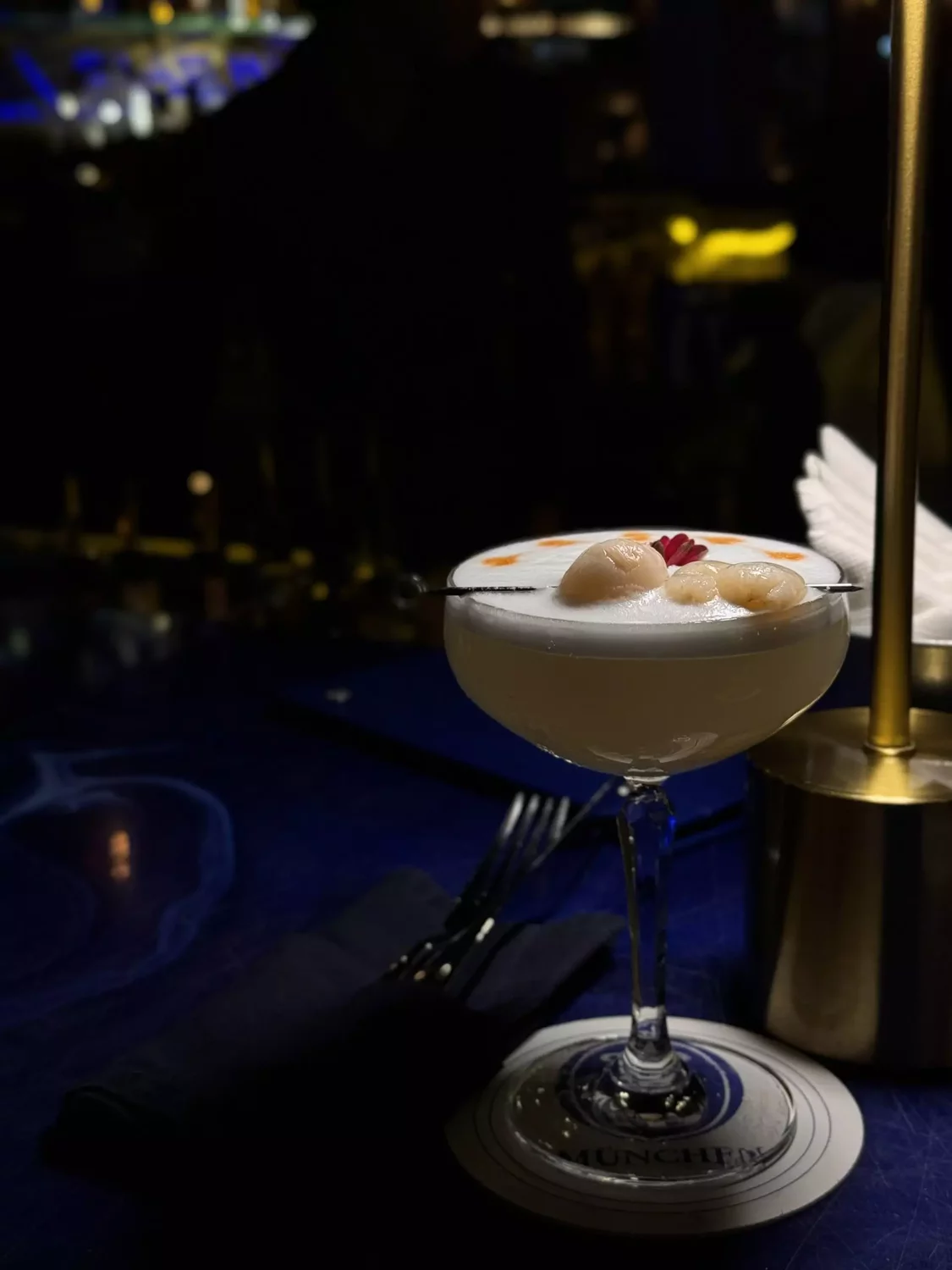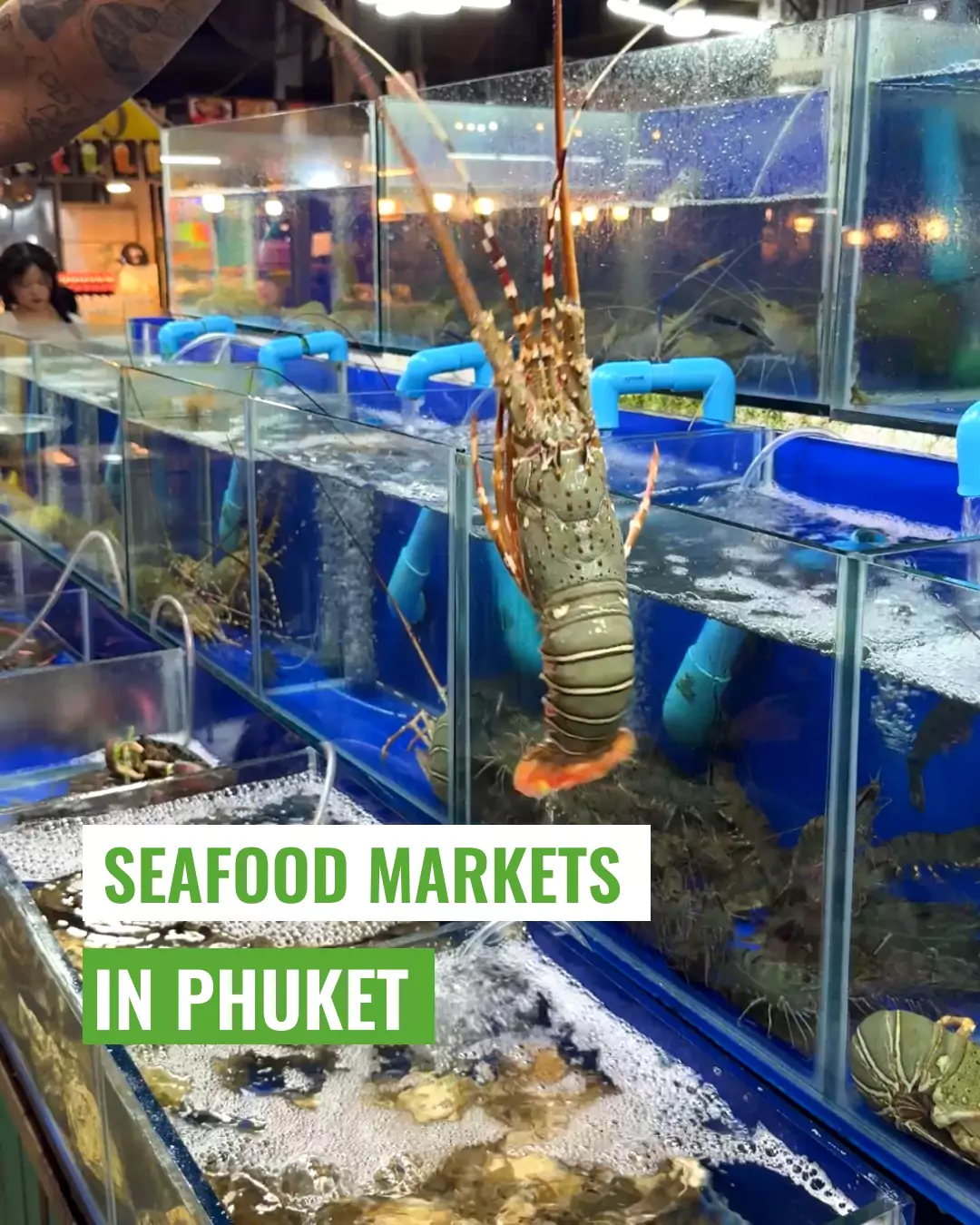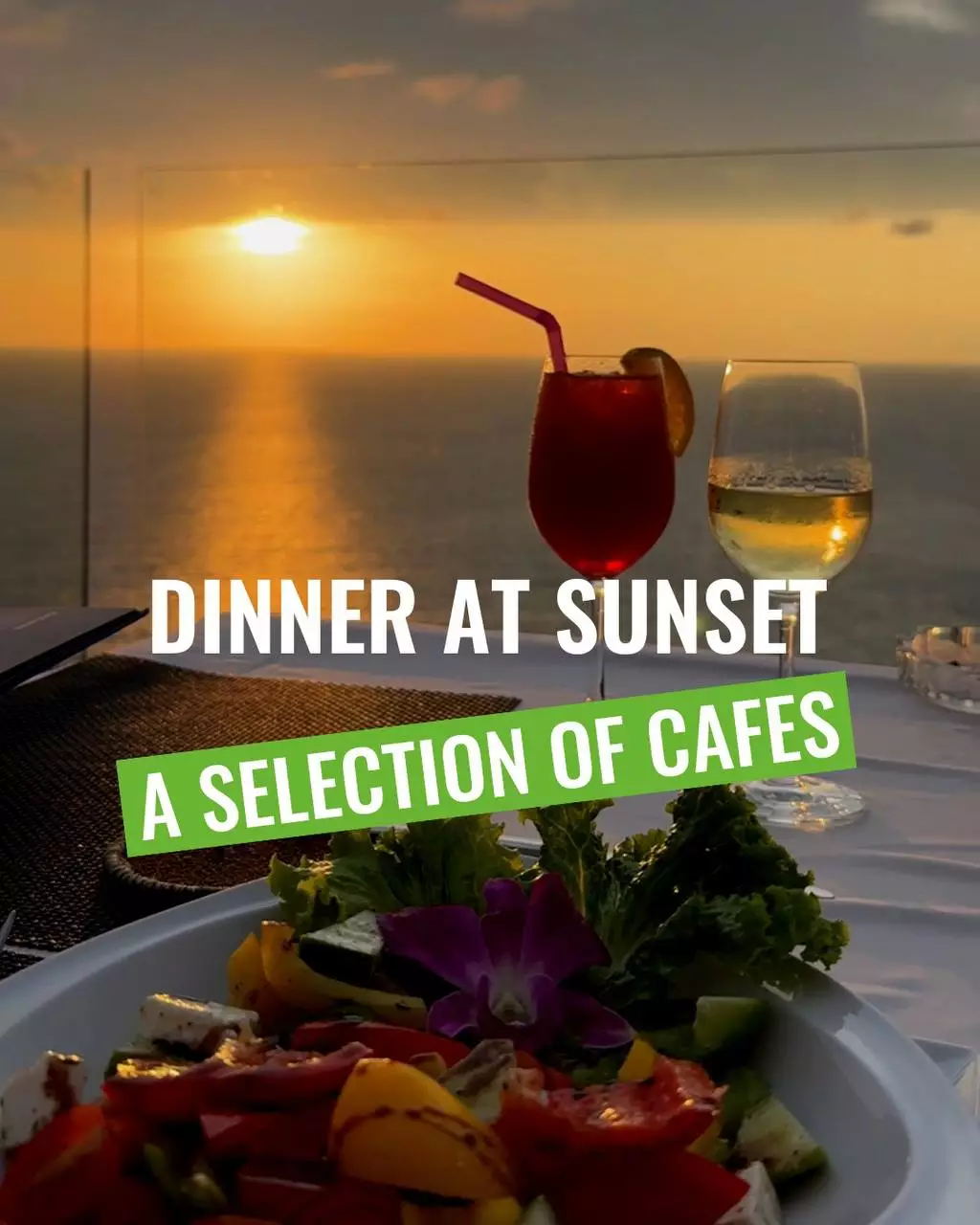Thai Cuisine: History and Flavors
An integral part of traveling is making gastronomic discoveries in the country you’re visiting. You’re extremely fortunate if that country is Thailand. Phuket cuisine, in turn, also has its own characteristics: as many colors as there are on this fairy-tale island, there are just as many in Phuket cuisine. Let’s sort everything out in order and start with the basics.
History of Thai Cuisine, Traditions, and Regional Differences
The history of Thai cuisine began long before Thailand became an independent state, and its formation was influenced by countries from around the world, for which we are very grateful. It all started with the first settlers and simple dishes based on rice, fish, and local herbs. Interestingly, the word “to eat” in the sense of “consuming food” translates from Thai as “to eat rice.” Not surprisingly, rice became the foundation: it serves as a main dish, a side dish, and a dessert. Trade then began to develop, which prompted progress in gastronomy. Here’s a list of countries that influenced the development of Thai cuisine:
- China. The Chinese introduced noodles and wok cooking techniques to Thailand.
- India. We have India to thank for curry and many sauces that are now difficult to imagine Thai dishes without.
- Portugal. Hot chili peppers were brought to Thailand from Portugal in the 18th century.
Thus, Thai cuisine accumulated new ingredients and cooking methods, and today we can enjoy the mixture of spicy, sour, salty, and sweet flavors on one plate.
It’s worth noting that mealtime for Thais is a whole ritual. Imagine a lavish celebration with lots of food and guests, where everyone enjoys the process – for Thais, this happens every day. If you visit a cafe where locals eat, you’ll see large groups, and the tables will be overflowing with an abundance of dishes. In Thailand, almost no one eats alone, and dishes are usually ordered for everyone. Rice will definitely be on the table; it’s essential.
An Interesting Feature in Food Consumption
There’s an interesting characteristic in food consumption: utensils are rarely used, and people eat with their hands (but not everywhere, only in some regions). King Mongkut brought the culture of using utensils from Europe in the early 19th century, but there’s a nuance here too. The fork is used only to move food onto the spoon, and then you eat with the spoon. This is because food is most often cut into small pieces, making it more convenient to use a spoon. Knives aren’t used at all during meals; they’re only needed in the kitchen during cooking.
Cuisine Characteristics and Flavors
What should a tourist expect from Thai cuisine? Definitely vivid impressions. Let’s examine in more detail what characteristics Thai cuisine has.
Spiciness is the norm
This is the first thing to remember. Thais love spicy food, and if you order a dish “like the locals,” be prepared to feel like a fire-breathing dragon. If you’re not accustomed to spicy food, you can warn the waiter in advance with the phrase “no spicy.”
Perfect balance of flavors
Thais masterfully play with five basic flavors:
Sweet (coconut milk, fruits)
Sour (kaffir lime, lemongrass)
Salty (fish sauce, soy sauce)
Spicy (chili, garlic, ginger)
Bitter/savory (herbs, spices)
Each dish is a harmony of these flavors. For example, in the famous Tom Yum, you first taste the sourness of lime, then the burning spiciness of chili, and then the pleasant creaminess of coconut milk.
Fish sauce instead of salt
While salt is the primary way to add flavor to dishes in Europe, it’s rarely used in Thailand. Instead, they add fish sauce (nam pla) – a concentrated fish extract. It gives dishes depth and richness, but may seem too strong for an unaccustomed European palate.
Lots of fresh herbs and spices
Thais love fresh herbs and rich spices: lemongrass, galangal (similar to ginger), kaffir lime leaves, basil, cilantro. These ingredients make dishes particularly aromatic.
The principle of “everything is cooked quickly”
Many dishes are prepared in just minutes over high heat in a wok, with constant stirring. This method preserves nutrients and doesn’t change the taste and structure of the dish.
What to try in Phuket
Thailand has signature dishes known worldwide – Tom Yum soup and Pad Thai noodles. They’re served in establishments all over the world, from simple cafes to luxurious restaurants. They’re associated with Thai cuisine, so they’re definitely worth including in your diet in Phuket. Read more about all the dishes worth trying on the island in our selection.
Desserts in Thailand aren’t consumed too actively, and in the heat, you don’t always want something sweet. That’s why Thai desserts are quite unique. For example, sweets made from rice and beans. The basis of Thai desserts is fruits and coconut milk: everything natural, fresh, and healthy. They also love pancakes in various variations there. See the list of the most popular Thai desserts here.
The country is famous for its abundance of street food, which is quickly prepared and eaten just as quickly. Many dishes are similar to what you’ve probably tried before. Some of them will be prepared right in front of you, which is a great opportunity to observe the process. What interesting things can you try among street food?
Satay is a popular street food in the form of small skewers. It’s usually made from chicken or pork, marinated in spices and coconut milk, and generously topped with peanut sauce. Skewers as a dish are familiar to everyone, but the taste will be quite extraordinary.
Skewers on sticks can actually be found made from anything: sausages, meatballs, various seafood, and even crocodile.
Spring rolls will appeal to those who watch their figure. This is a simple snack with various fillings: vegetables are used as the base, meat or seafood (usually shrimp) is added to them, then the filling is wrapped in rice paper.
Gai yang is Thai grilled chicken prepared on a barbecue. The dish is notable for its rich marinade, which includes soy sauce, lemongrass, ginger, fish sauce, and cilantro. The chicken is cooked whole over low heat to absorb all the flavors.
Hoi tod is an egg dish with seafood and sprouts. Shellfish are added to the familiar eggs, and variations with shrimp or squid can also be found. The dish can be quite fatty. If you want some spiciness, ask for chili pepper to be added.
Dim sum are steamed dumplings with various fillings. They came to Thai cuisine from China and became popular at night markets. They can have different fillings: chicken, pork, mushrooms, shrimp, crab meat. The dumplings are steamed, resulting in a rather light but satisfying dish.
More grilled delights! Thais grill everything they can get their hands on: from meat to bananas. Here’s an incomplete list of what you’ll find grilled as street food:
- Octopus tentacles
- Squid
- Various shellfish
- Rice and vegetables
- Shrimp
- Tilapia fish
Exotic foods are also part of Thai gastronomy. You can find fried scorpions, grasshoppers, tarantulas, larvae at the stalls… Interestingly, Thais themselves don’t experiment with such food very often, and it’s more of an attraction for tourists.
Where to Try Food in Phuket
White tablecloths aren’t really a thing in Thailand. For authentic gastronomic experiences, you need to head to the streets. If you’re not ready to dive headfirst into the authentic food culture, we suggest starting with established eateries.
Thai establishments are divided into two categories: those for locals and those for tourists. You can start with tourist places, which will be more familiar to you. There, the owners have taken care of the interior, created exquisite presentation of dishes and drinks, and established a conceptual atmosphere. In Phuket, you’ll find both small cozy cafes and luxurious spacious restaurants. Check out the list of the best establishments in our section Thai Cuisine in Phuket.
The next level – local cafes. You won’t find luxurious interiors or carefully plated dishes there, but these places have soul. At the beginning of the article, we mentioned local dining customs: lots of people, large portions, tables overflowing with food. That’s exactly what you’ll find in these establishments. One of the best ways to immerse yourself in Thai culture is to have lunch side by side with the locals.
Many places in Phuket are listed in the Michelin guide, and some of them are small cafés where locals eat. That’s a mark of quality you can trust, so go ahead and enjoy a shared meal with Thai people.
Now let’s head to the streets and explore the night markets – the cultural gems of Thailand. Here, you’ll find all the must-try food in one place. Moreover, night markets are a mecca of entertainment. To make your meal more enjoyable, street musicians will perform as you eat. Some food courts are decorated with lanterns and flags, making dinner in such an atmosphere truly pleasant.
At the markets, you can find both ready-to-eat meals and ingredients to cook yourself. People also come here for fresh fruit. The variety of dishes is impressive — there’s something for both meat lovers and vegetarians.
Let’s keep walking through the streets and discover another interesting cultural feature — street food carts. These are small mobile food stalls that can move around and usually stop in the most touristy areas.
As you can see, food is everywhere in Phuket. Try as much as you can and find your own Thai cuisine favorites! We wish you exciting culinary discoveries! You can find even more places with delicious food on our website in the Cafes & Restaurants section.

